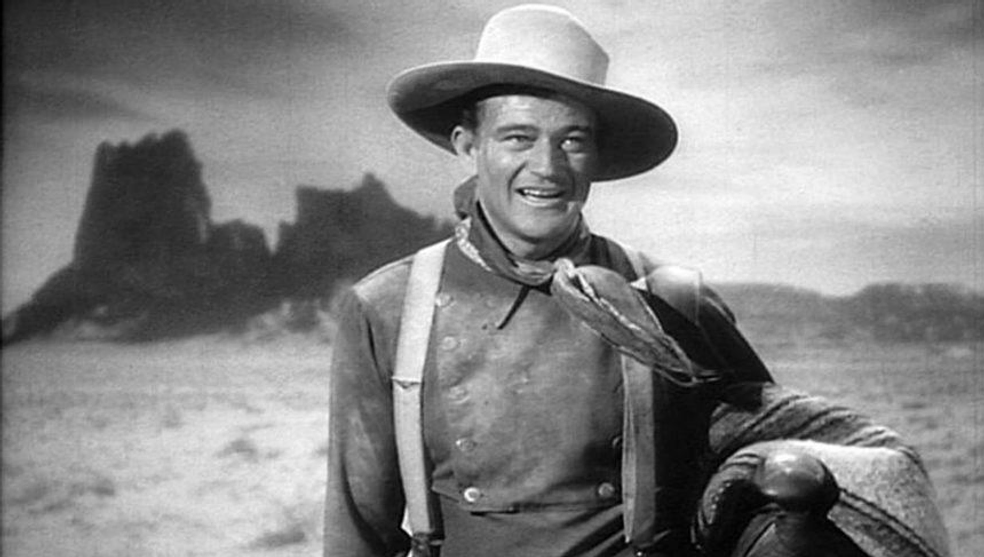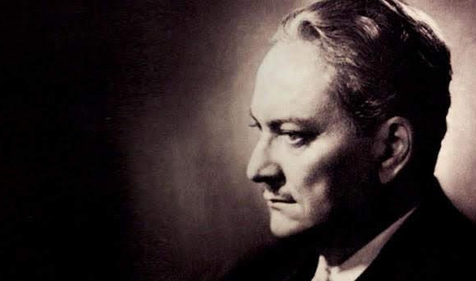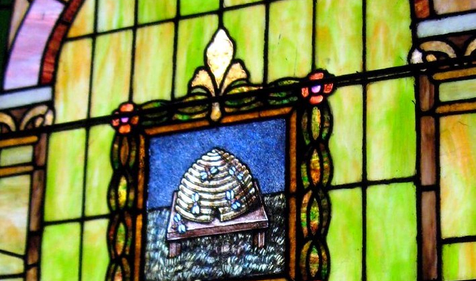John Wayne was a one-of-a-kind talent and a passionate Freemason. This article explores his acting career and his journey within the craft.
Few men ever became such a symbol of American ruggedness, bravery, and swagger as John Wayne. He was a larger-than-life figure, appearing in 179 film and television productions across a 30-year career and becoming one the biggest Hollywood stars of the 20th century. Off the screen, John Wayne the Freemason was devoted to the craft, finding comfort in the lodge with his brethren. Through his accomplishments as an actor and a Mason, he left his mark on countless lives, changing the film industry forever.
A Young Talent
John Wayne was born Marion Robert Morrison in Winterset, Iowa, on May 26, 1907, to parents Clyde Leonard Morrison and Mary "Molly" Alberta Brown. His family moved to Glendale, California, in 1914, where his father worked as a pharmacist. Here he soon earned the nickname “Duke” which he would carry with him throughout his life. Some local firefighters who frequently saw Morrison walking with his Airedale Terrier named Duke bestowed the name to him.
Duke attended Glendale High School and took to the community with enthusiasm. He excelled academically and in sports, playing on his high school's football team during its championship season in 1924. He was President of the Latin Society and an active member of the Order of DeMolay during his teen years. Morrison’s athletic success earned him a football scholarship to the University of Southern California (USC), but a bodysurfing injury cut short his football career, and he subsequently lost his scholarship. After leaving school, he began hunting for work amid the Great Depression, ultimately landing a job at the Fox Film Corporation.
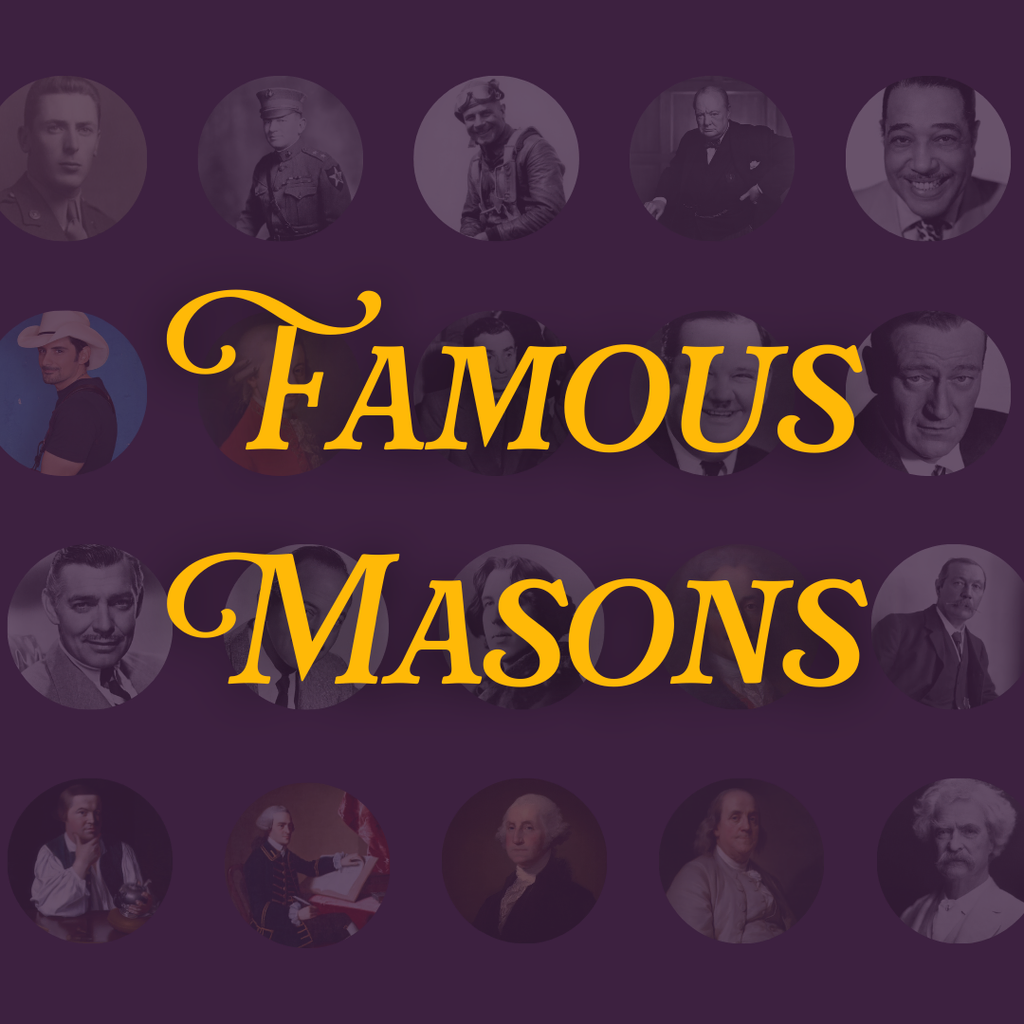
Sign Up for Our Famous Masons Email Series
Learn more about the well-renowned men who we are proud to call "Brother".
The Duke Goes to Hollywood
Marion Morrison began his career in Hollywood as a prop man, helping to move furniture, stage sets, and equipment around for filmmakers. With a physique built for football, it was not long before he was asked to serve as an extra occasionally. Fittingly, one of his first roles was as a football player in the 1926 film Brown of Harvard and again the following year in Drop Kick. Soon, the great director, John Ford, noticed him and began casting him in bit parts in his films, kindling a lifelong friendship between the two men.
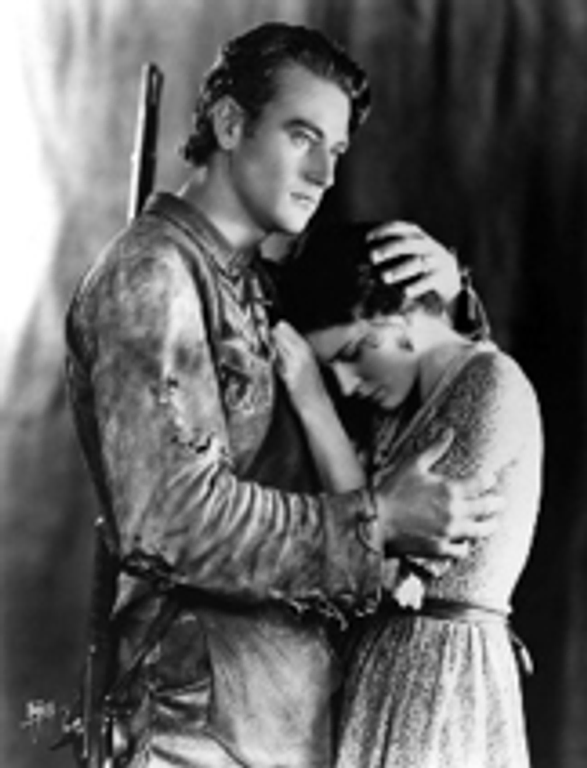
As Morrison became more at home in Hollywood, Ford introduced him to director Raoul Walsh, who ultimately gave Duke his first starring role in 1930. Cast as cowboy Breck Coleman in the film The Big Trail, executives at the studio elected to provide Morrison a new name to make him more marketable. Thus, the moniker “John Wayne” was created.
A Star is Born
While The Big Trail was a commercial flop, it marked a turning point in the career of a young John Wayne. He spent the better part of the next decade acting in more minor roles – largely Westerns – and used the time to develop his signature acting style. Wayne worked closely with real-life cowboys and Hollywood stuntmen, developing skills that would make him appear more authentic. He performed many of his own stunts and found his signature walk for which he would become famous. Wayne was launched to stardom in 1939 when John Ford cast him as the Ringo Kid in the classic film, Stagecoach.
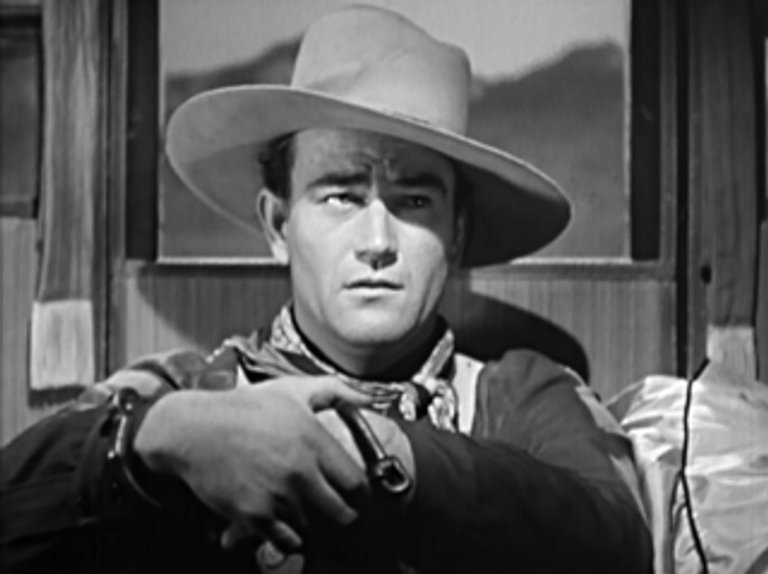
Over the next forty years, Wayne worked tirelessly and left an indelible mark on the American psyche. Through his many roles in Western and War films he embodied American self-determination and strength of character. He showed his commitment to our Armed Forces by relentlessly performing for troops through the USO. Touring the world and churning out hit films, he still managed to start a family and raise four children: Michael, Toni, Patrick, and Melinda.
As he began to mature in age and style, so did the films and roles he created. In the 1960s and ‘70s, he expanded his range to include romantic comedies and historical dramas. Ultimately, Wayne earned three Academy Award nominations, winning the award for best actor in 1969 for his performance as Rooster Cogburn in the classic film, True Grit.
John Wayne the Freemason
Duke was drawn to fraternal organizations throughout his life. Growing up, he was a member of the Glendale DeMolay chapter and belonged to the Trojan Knights and Sigma Chi fraternities at the University of Southern California. Later in life, he followed in the footsteps of his father and became a Freemason in 1970. He would come to relish the time he spent among his Brothers, remarking that he felt at home in the lodge as if his fame melted away. John Wayne’s Masonic lodge was Marion McDaniel Lodge No. 56 in Tucson, Arizona. Soon after earning his degrees, he became a member of the York Rite, joined Al Malaikah Shrine Temple in Los Angeles, as well as 32nd-degree Scottish Rite Freemasonry.
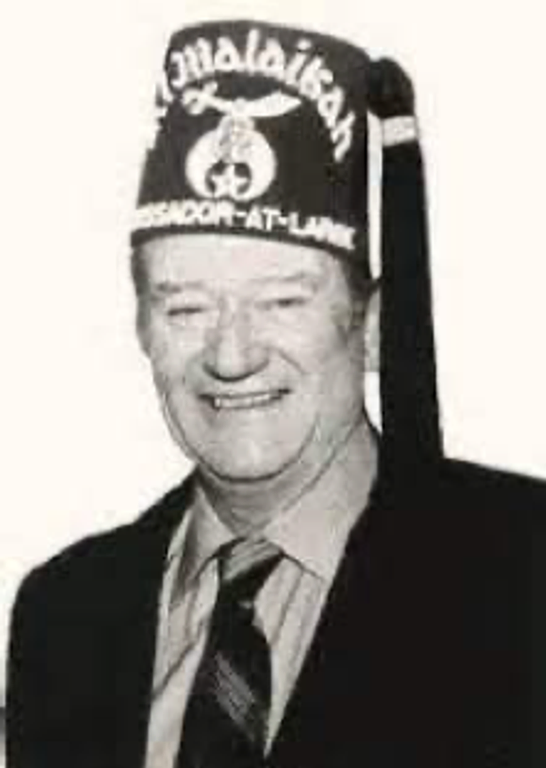
Death and Legacy
As he aged, Wayne became increasingly vocal about national issues. He survived lung cancer in 1964 and had to have one of his lungs and several ribs removed, prompting him to speak out and encourage preventative exams. Shortly before his death, he helped the United States Senate ratify the Panama Canal Treaties in 1977. Two years later, he would succumb to stomach cancer and pass away at the age of 72. As his final act, he encouraged his family to help the fight against cancer. In 1985, the John Wayne Cancer Foundation (JWCF) was created to support research, create education programs, awareness initiatives, and support groups.
While Brother Wayne accomplished many great things in his life, this last effort to aid humanity is his most moving accomplishment. It is a testament to his character and commitment as a Freemason that he would help relieve the pain of others even after his death. As an enduring symbol of American patriotism, he was fittingly awarded the Presidential Medal of Freedom by President Carter in 1980. Through his career of nearly 50 years, John Wayne will be remembered by his countrymen and brethren for decades to come as a singular personality.
Related Stories
Discover additional Scottish Rite blogs and news on this topic.
-
A Jolly Masonic Mug
History
Read More about A Jolly Masonic Mug
-
Manly P. Hall: Philosopher, Mystic, and Freemason
Famous Masons
Read More about Manly P. Hall: Philosopher, Mystic, and Freemason
-
What Does the Beehive Mean in Freemasonry?
Degrees
Read More about What Does the Beehive Mean in Freemasonry?
